
Transition to Autumn: Nourishing the Body, Mind, and Spirit
As the days grow shorter and the air becomes crisp,

Kick-start, energise, rejuvenate
All carefully planned and prepared to help nourish, reset and rejuvenate the body and mind.

To be in good health, it’s important to have a steady supply of antioxidants. While we can get many essential antioxidants from the food we eat, tonic herbs and superfoods are also great sources. They contain unique antioxidants that aren’t found in our everyday diet and can help target specific organs and tissues. Some of these antioxidants are even more powerful than Vitamin C, or Vitamin E, which are often used as a benchmark for measuring antioxidant activity. Even though our body produces some antioxidants on its own, we still need to get multiple types from our diet on a regular basis to thrive. That’s why tonic herbs and superfoods are considered super-nutrients, super-protectors, and super-adaptogens all in one.
Having antioxidants in our diet is important because they help protect our cells from damage caused by free radicals. Free radicals are unstable molecules that can be produced in our bodies as a result of normal processes like metabolism, as well as from external sources like pollution, radiation, and cigarette smoke.
When there are too many free radicals in our body, they can cause damage to our cells, including our DNA, proteins, and lipids, which can lead to various diseases like cancer, heart disease, and Alzheimer’s disease. Antioxidants work by neutralizing free radicals and preventing them from causing this damage.

Hydrogen Water: Molecular hydrogen is one of the most powerful antioxidants, which can neutralise harmful free radicals in the body and reduce oxidative stress.
When molecular hydrogen is dissolved in water, it can act as a selective antioxidant, meaning that it can specifically target harmful free radicals while leaving other beneficial molecules untouched. This is because molecular hydrogen can easily diffuse across cell membranes and enter into the mitochondria, which can help to reduce oxidative stress.
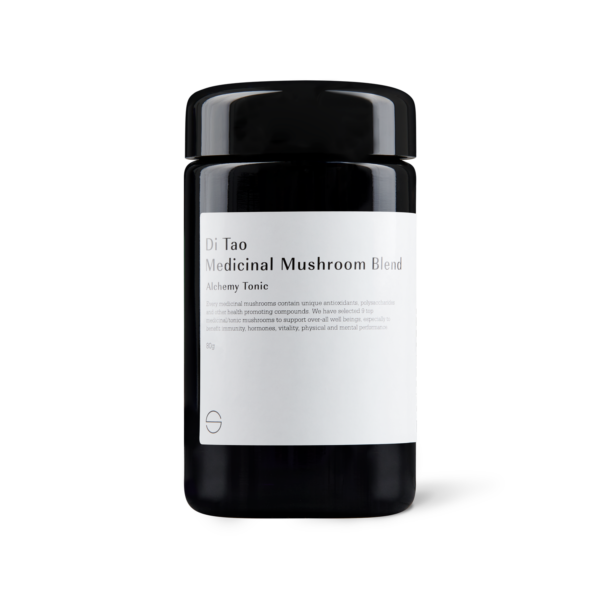
Medicinal Mushrooms : Many medicinal mushrooms are known to contain some of the most potent and unique antioxidants.
For example, the Reishi mushroom is a powerful antioxidant that has been shown to help reduce inflammation and protect against oxidative stress. It contains compounds like triterpenes and polysaccharides that have strong antioxidant properties.
Another mushroom that is high in antioxidants is the Chaga mushroom. Chaga has been found to contain high levels of melanin, which is a pigment that acts as an antioxidant and helps protect the mushroom from UV radiation. This same pigment can also help protect our cells from damage caused by free radicals.
Other medicinal mushrooms that are known to have antioxidant properties include Cordyceps S , Cordyceps M, Lions Mane, Tremella and Turkey Tail. These mushrooms contain various compounds like beta-glucans, ergothioneine, and phenols that act as antioxidants and help protect our cells from damage.
Our Medicinal Mushroom Blend contains 9 selected mushrooms which offer an overall benefits.
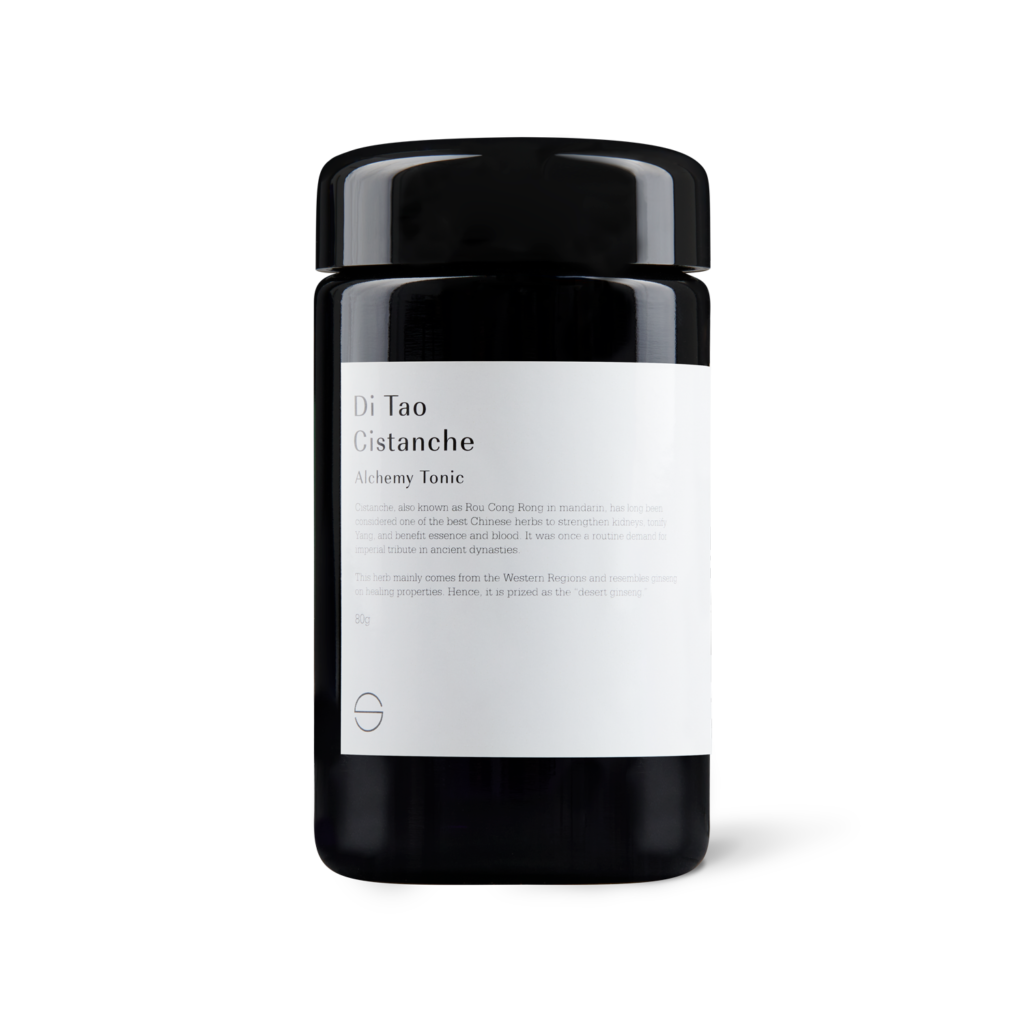
Cistanche: Cistanche contains some compounds that have been shown to have antioxidant properties. For example, it contains phenylethanoids, which are a class of compounds that have been shown to have strong antioxidant activity. Additionally, cistanche contains polysaccharides, which are another type of compound that has been shown to have antioxidant properties.
Research has suggested that cistanche may have many health benefits due to its antioxidant properties. For example, it may be able to protect against liver damage caused by alcohol consumption, as well as protect against oxidative stress in the brain, which can contribute to the development of Alzheimer’s disease.
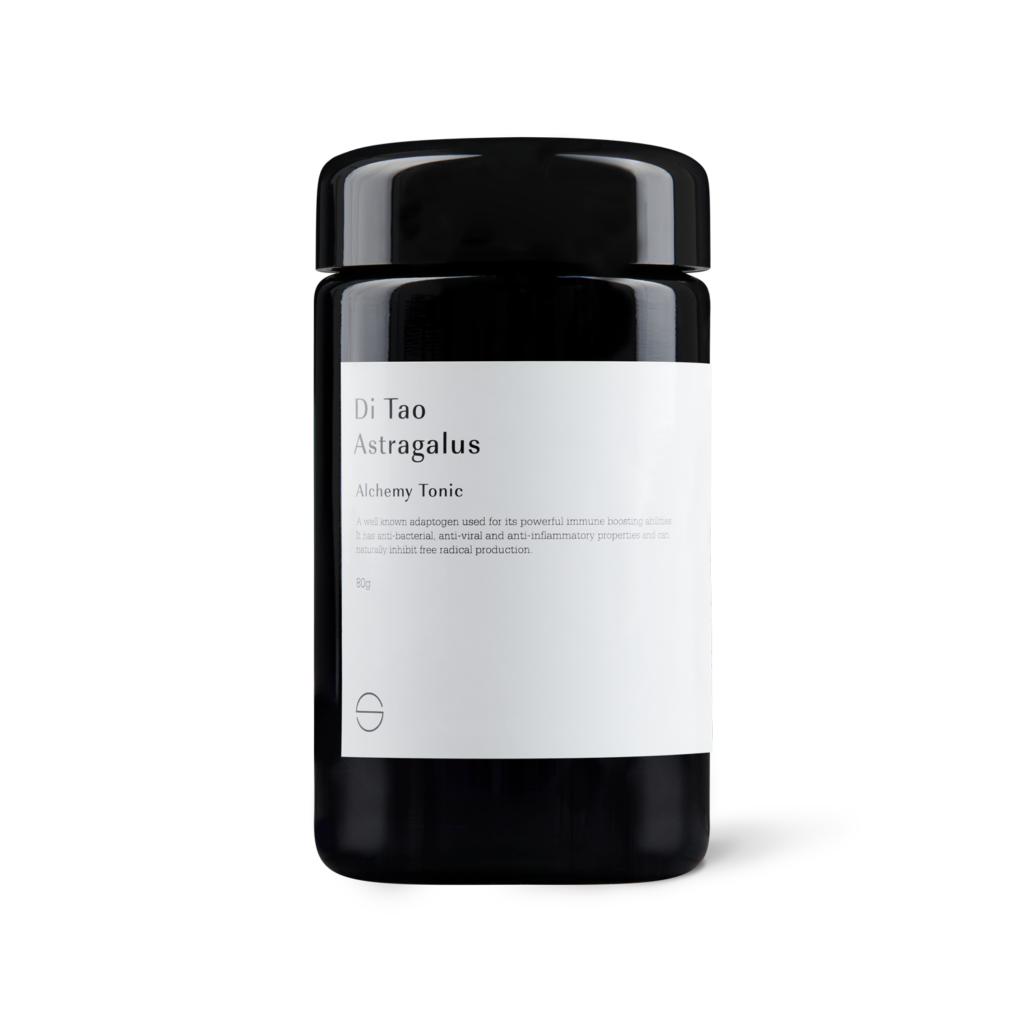
Astragalus: Astragalus contains several antioxidant compounds such as flavonoids, saponins, and polysaccharides. These compounds are believed to help protect cells from damage caused by free radicals.

Rehmannia: Research has shown that Rehmannia extract may help reduce oxidative stress, inflammation, and improve immune function.
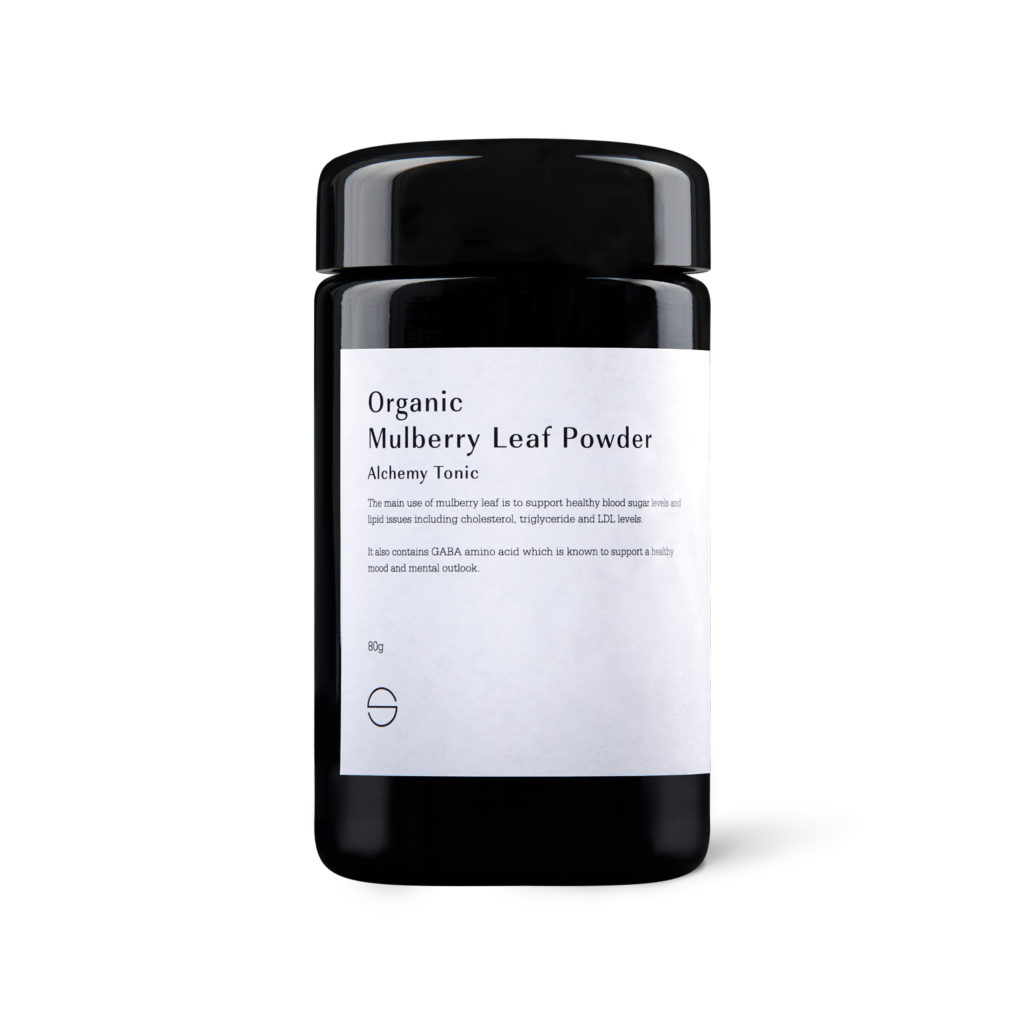
Mulberry leaf: Mulberry leaves are known for their potential health benefits, including their antioxidant properties. Mulberry leaves contain several antioxidant compounds, including flavonoids, anthocyanins, and phenolic acids.
Flavonoids found in mulberry leaves are compounds such as quercetin, kaempferol, and rutin. These compounds have been found to have antioxidant, anti-inflammatory, and anti-cancer properties. They are also believed to have beneficial effects on blood sugar levels and cardiovascular health.
Anthocyanins are another type of antioxidant found in mulberry leaves that give the leaves their purple color. These compounds have been found to have antioxidant and anti-inflammatory properties. They are also believed to have beneficial effects on blood sugar levels, cognitive function, and cardiovascular health.
Phenolic acids, including gallic acid and caffeic acid, are also found in mulberry leaves. These compounds have been found to have antioxidant, anti-inflammatory, and anti-cancer properties.
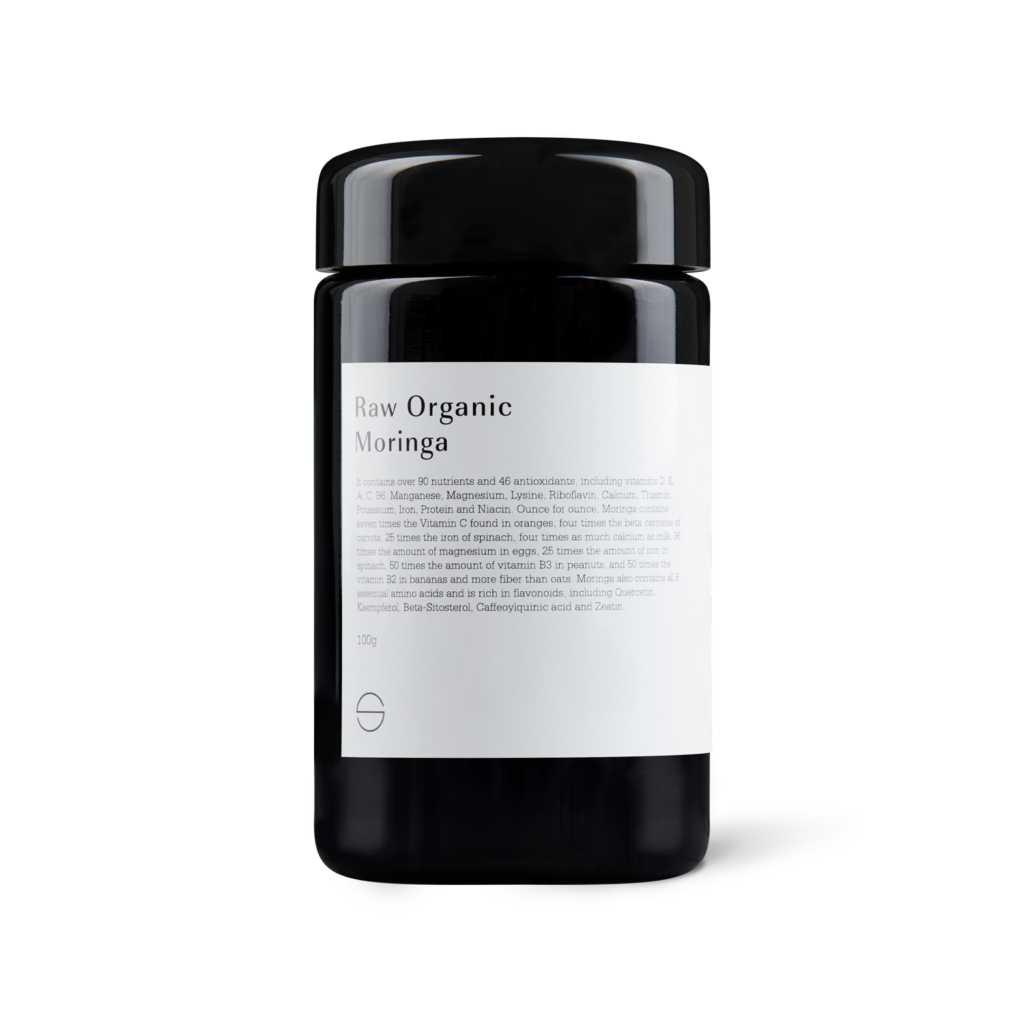
Moringa: Moringa leaves contain several antioxidant compounds, including flavonoids, phenolic acids, and carotenoids.
Flavonoids are a type of antioxidant found in Moringa leaves, which include compounds such as quercetin, kaempferol, and rutin. These compounds have been found to have antioxidant, anti-inflammatory, and anti-cancer properties. They are also believed to have beneficial effects on blood sugar levels and cardiovascular health.
Phenolic acids, including gallic acid and caffeic acid, are also found in Moringa leaves. These compounds have been found to have antioxidant, anti-inflammatory, and anti-cancer properties.
Carotenoids, including beta-carotene and lutein, are another type of antioxidant found in Moringa leaves. These compounds are believed to help protect the eyes from damage caused by free radicals and may also have beneficial effects on cardiovascular health.
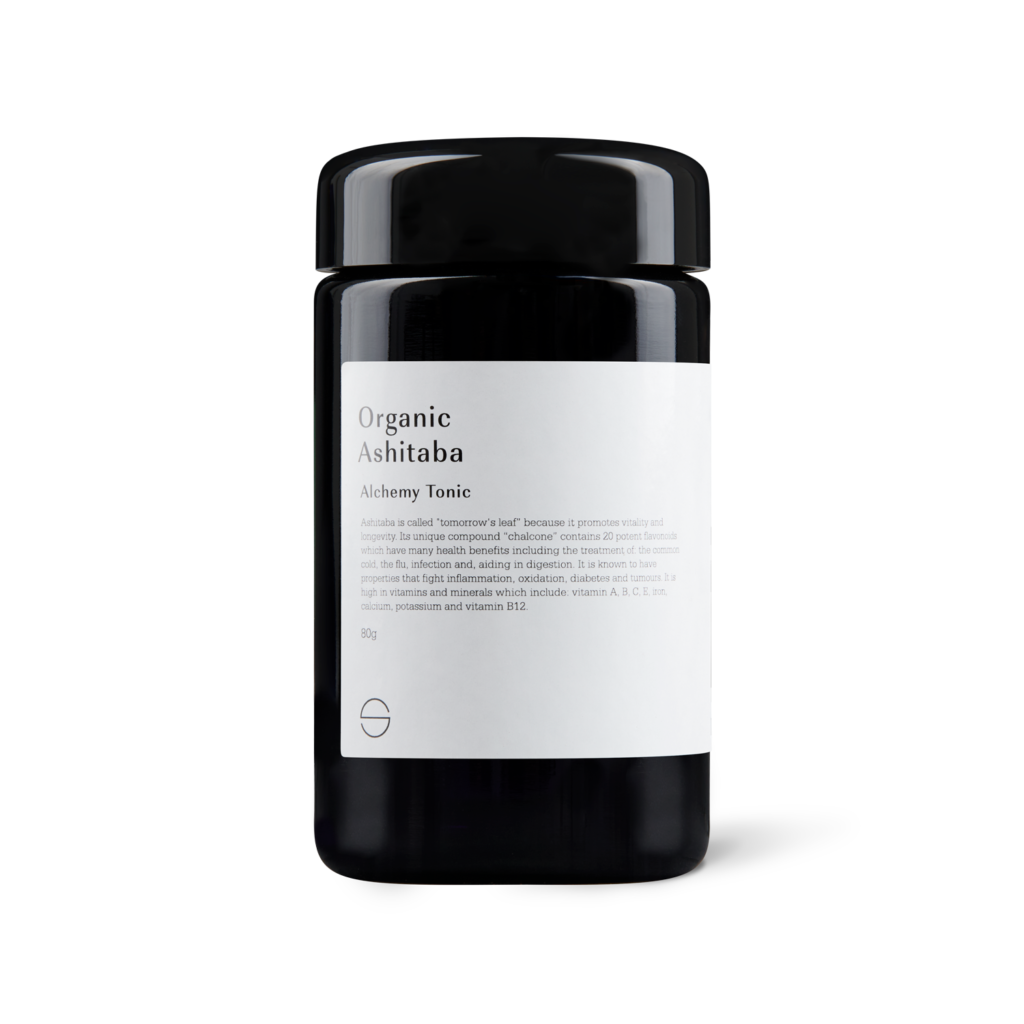
Ashitaba: Ashitaba, Angelica keiskei, is a native Japanese plant and known for its potential health benefits.
Ashitaba leaves contain several antioxidant compounds, including chalcones, flavonoids, and coumarins.
Chalcones are a type of flavonoid found in Ashitaba that have been found to have antioxidant, anti-inflammatory, and anti-cancer properties. They are believed to be one of the main sources of antioxidants in Ashitaba.
Flavonoids are another type of antioxidant found in Ashitaba. These include compounds such as luteolin and apigenin, which have been found to have antioxidant, anti-inflammatory, and anti-cancer properties.
Coumarins are a type of antioxidant found in Ashitaba that have been found to have anti-inflammatory and anti-cancer properties. They are believed to enhance the activity of other antioxidants in the body.
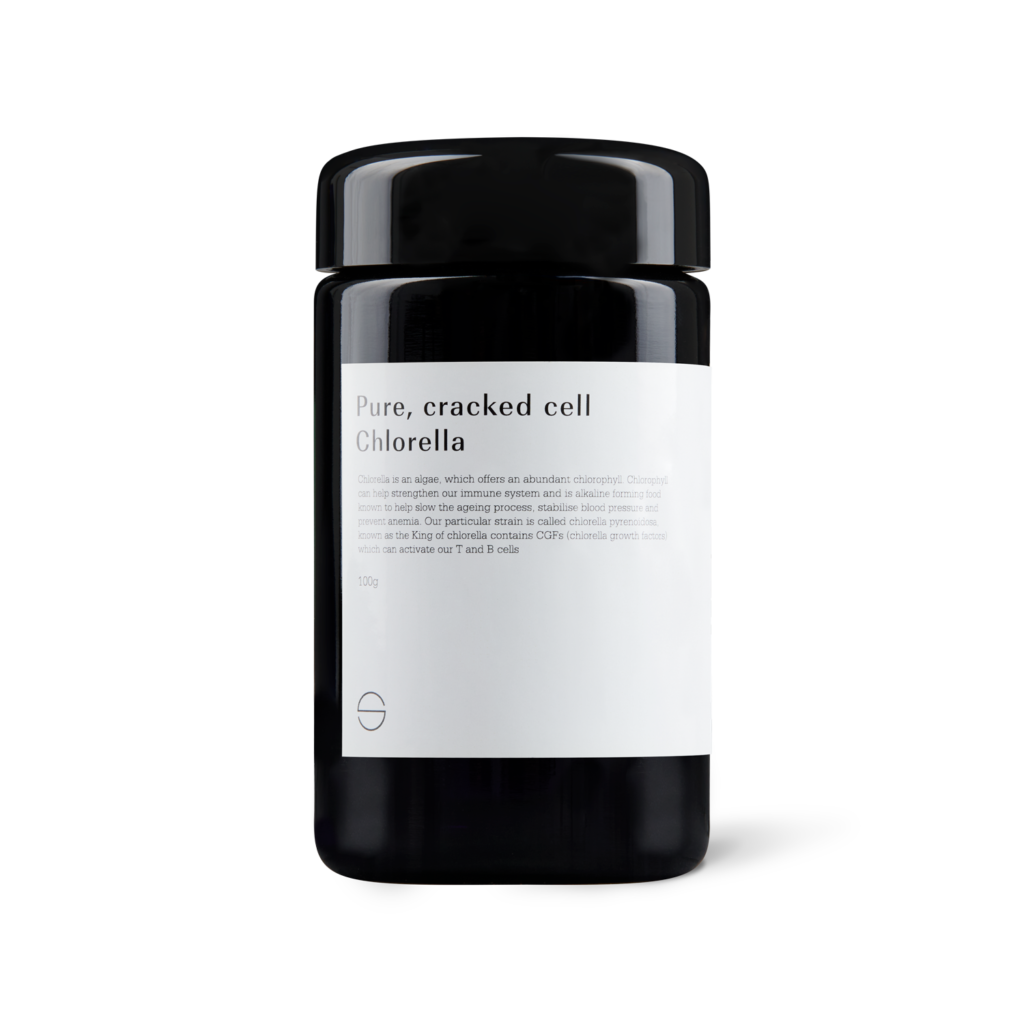
Chlorella: Chlorella contains several antioxidant compounds, including chlorophyll, carotenoids, and vitamins C and E.
Chlorophyll is a green pigment found in chlorella that is believed to have antioxidant and anti-inflammatory properties. It is also thought to help detoxify the body by binding to toxins and promoting their elimination.
Carotenoids, including beta-carotene and lutein, are another type of antioxidant found in chlorella. These compounds are believed to help protect the eyes from damage caused by free radicals and may also have beneficial effects on cardiovascular health.
Vitamins C and E are also found in chlorella and are known for their antioxidant properties. Vitamin C is water-soluble and can help protect the body’s cells from damage caused by free radicals in the watery parts of the body, while vitamin E is fat-soluble and can help protect the body’s cells from damage caused by free radicals in the fatty parts of the body
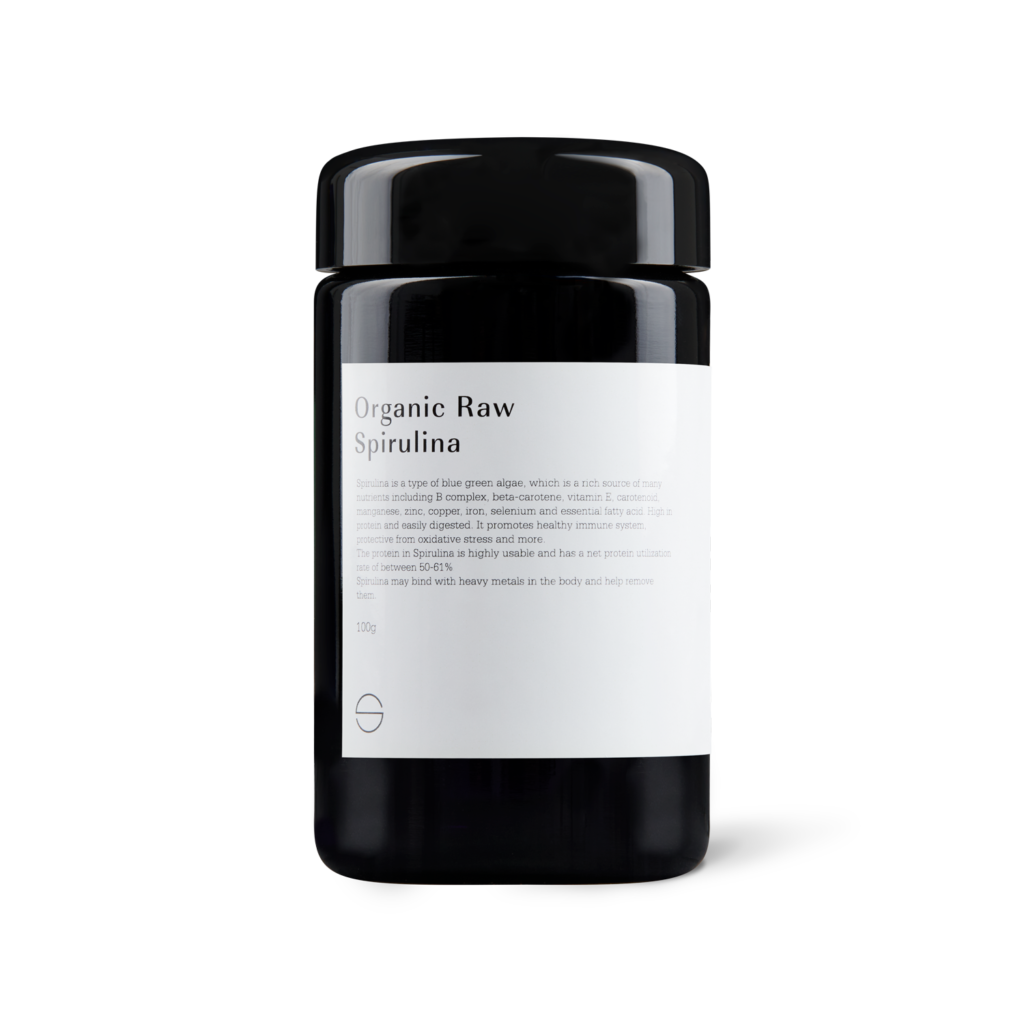
Spirulina: Spirulina contains several antioxidant compounds, including phycocyanin, beta-carotene, and vitamins C and E.
Phycocyanin is a blue pigment found in spirulina that is believed to have potent antioxidant and anti-inflammatory properties. It has also been found to have anti-cancer and immune-boosting properties.
Beta-carotene is a type of carotenoid found in spirulina that is converted to vitamin A in the body. Beta-carotene is a powerful antioxidant that can help protect cells from damage caused by free radicals. It is also believed to have beneficial effects on vision, skin health, and the immune system.
Vitamins C and E are also found in spirulina and are known for their antioxidant properties. Vitamin C is water-soluble and can help protect the body’s cells from damage caused by free radicals in the watery parts of the body, while vitamin E is fat-soluble and can help protect the body’s cells from damage caused by free radicals in the fatty parts of the body.
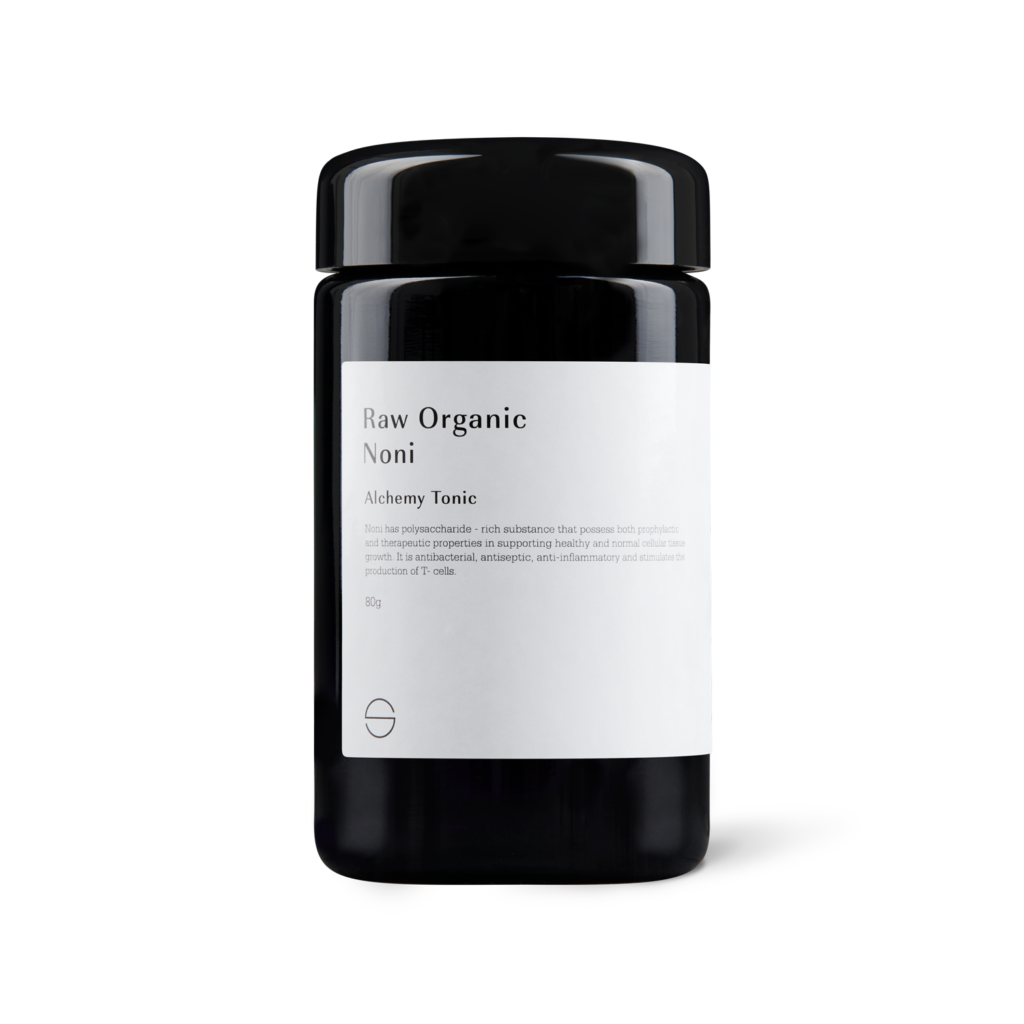
Noni: Noni fruit contains several antioxidant compounds, including iridoids, flavonoids, and vitamins C and E.
Iridoids are a type of chemical compound found in noni fruit that is believed to have potent antioxidant and anti-inflammatory properties. They are also believed to have immune-boosting and anti-cancer effects.
Flavonoids are another type of antioxidant compound found in noni fruit. They are known for their anti-inflammatory and anti-cancer effects and may also have beneficial effects on cardiovascular health.
Vitamins C and E are also found in noni fruit and are known for their antioxidant properties. Vitamin C is water-soluble and can help protect the body’s cells from damage caused by free radicals in the watery parts of the body, while vitamin E is fat-soluble and can help protect the body’s cells from damage caused by free radicals in the fatty parts of the body.
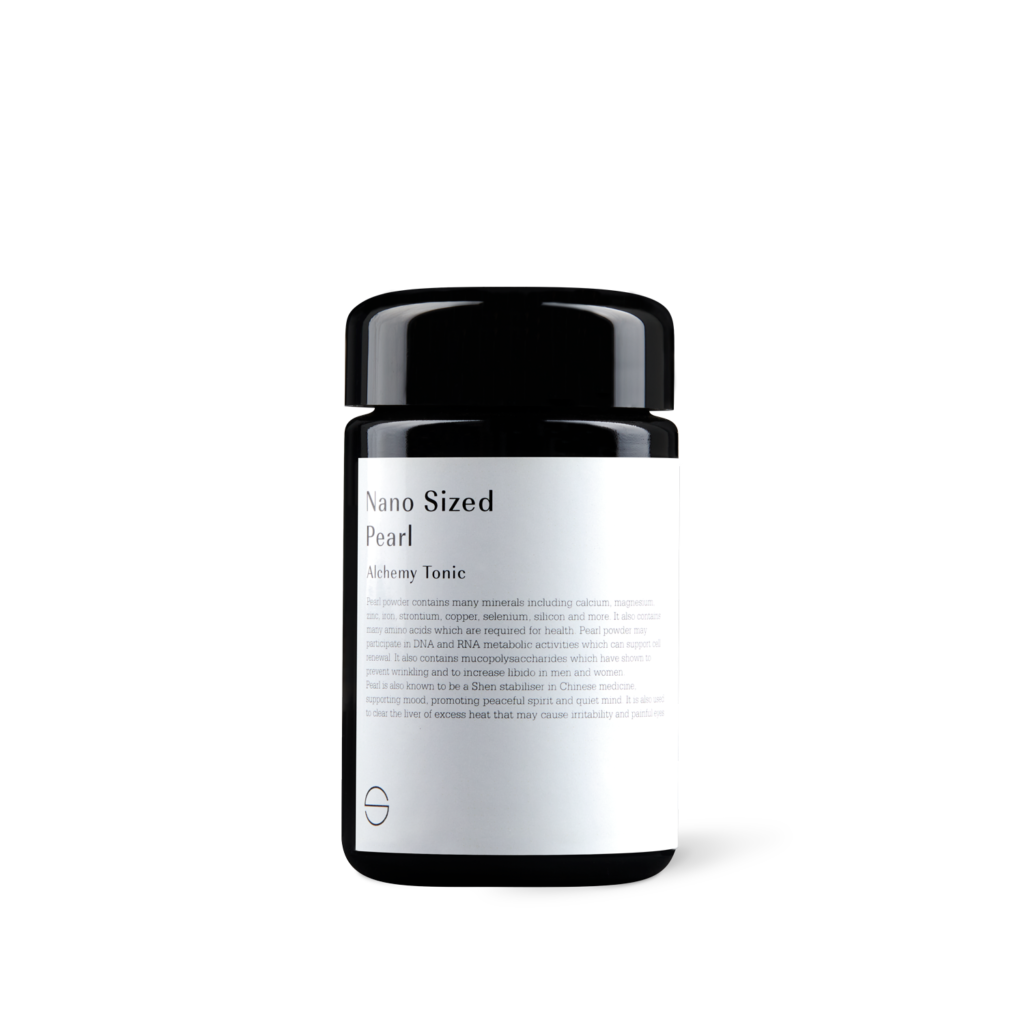
Pearl: Pearl powder is used for various medicinal purposes in Eastern medicine.
It is believed to contain several antioxidant compounds, including amino acids, minerals, and conchiolin. Conchiolin is a protein found in pearls that have been shown to have antioxidant properties. Conchiolin is also believed to help promote healthy skin by improving skin tone, reducing the appearance of dark spots, and promoting the production of collagen, which is essential for skin elasticity.
Amino acids are the building blocks of protein and are essential for various bodily functions. Some amino acids, such as glutathione, have potent antioxidant properties and are believed to help protect cells from damage caused by free radicals.
Minerals such as calcium, magnesium, and zinc are also found in pearl powder and are known for their antioxidant properties. These minerals help to support various enzymatic and metabolic processes in the body, which can help to reduce oxidative stress and protect cells from damage.
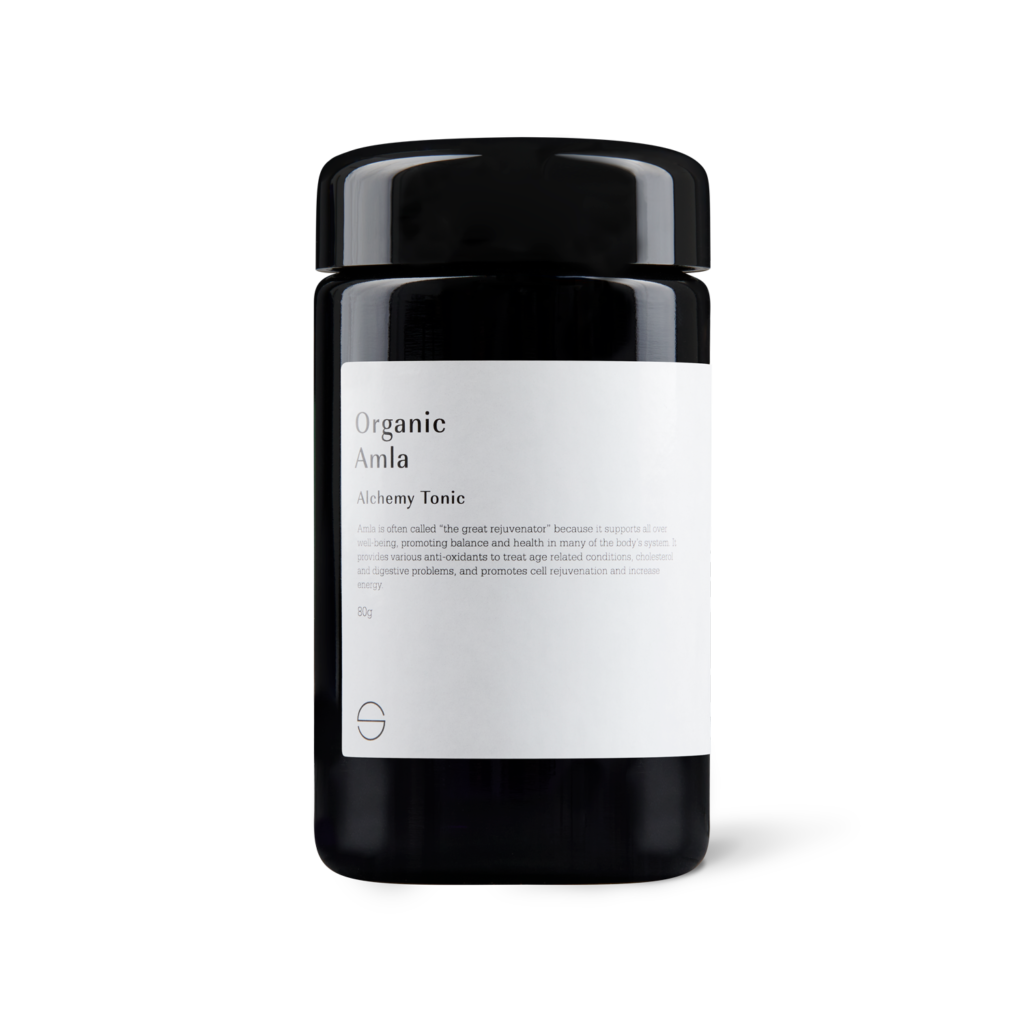
Amla: Amla berry contains several antioxidant compounds, including vitamin C, flavonoids, and tannins. Vitamin C is a water-soluble vitamin that is a powerful antioxidant and plays a vital role in maintaining the health of the immune system, skin, and other body tissues. Amla berry is one of the richest sources of vitamin C, and studies have shown that it contains up to 20 times more vitamin C than an orange.
Flavonoids are another type of antioxidant compound found in amla berries. These compounds have anti-inflammatory and anti-cancer properties and may help to protect the body from various diseases. Some of the flavonoids found in amla berry include quercetin, kaempferol, and rutin.
Tannins are a type of compound found in many plants, including amla berries. They have been shown to have potent antioxidant properties and may help to protect cells from oxidative stress and reduce inflammation in the body.
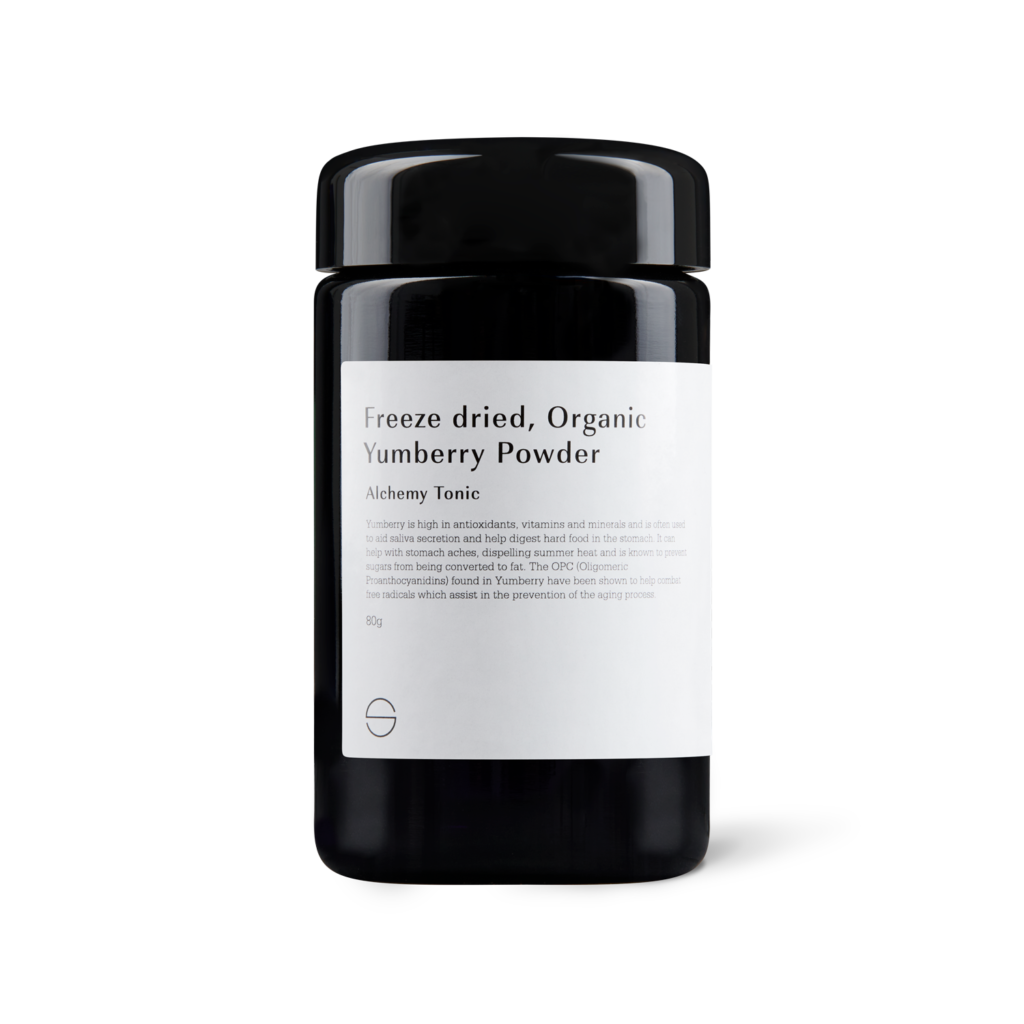
Yumberry: Yumberry contains several antioxidant compounds, including anthocyanins, flavonoids, and vitamin C. Anthocyanins are a type of pigment that give fruits and vegetables their red, purple, and blue colours, and have been shown to have potent antioxidant properties. Flavonoids are another type of antioxidant compound found in yumberry that have anti-inflammatory and anti-cancer properties and may help to protect the body from various diseases.
Vitamin C is a water-soluble vitamin that is a powerful antioxidant and plays a vital role in maintaining the health of the immune system, skin, and other body tissues. Yumberry is one of the richest sources of vitamin C, and studies have shown that it contains up to 30 times more vitamin C than an orange.
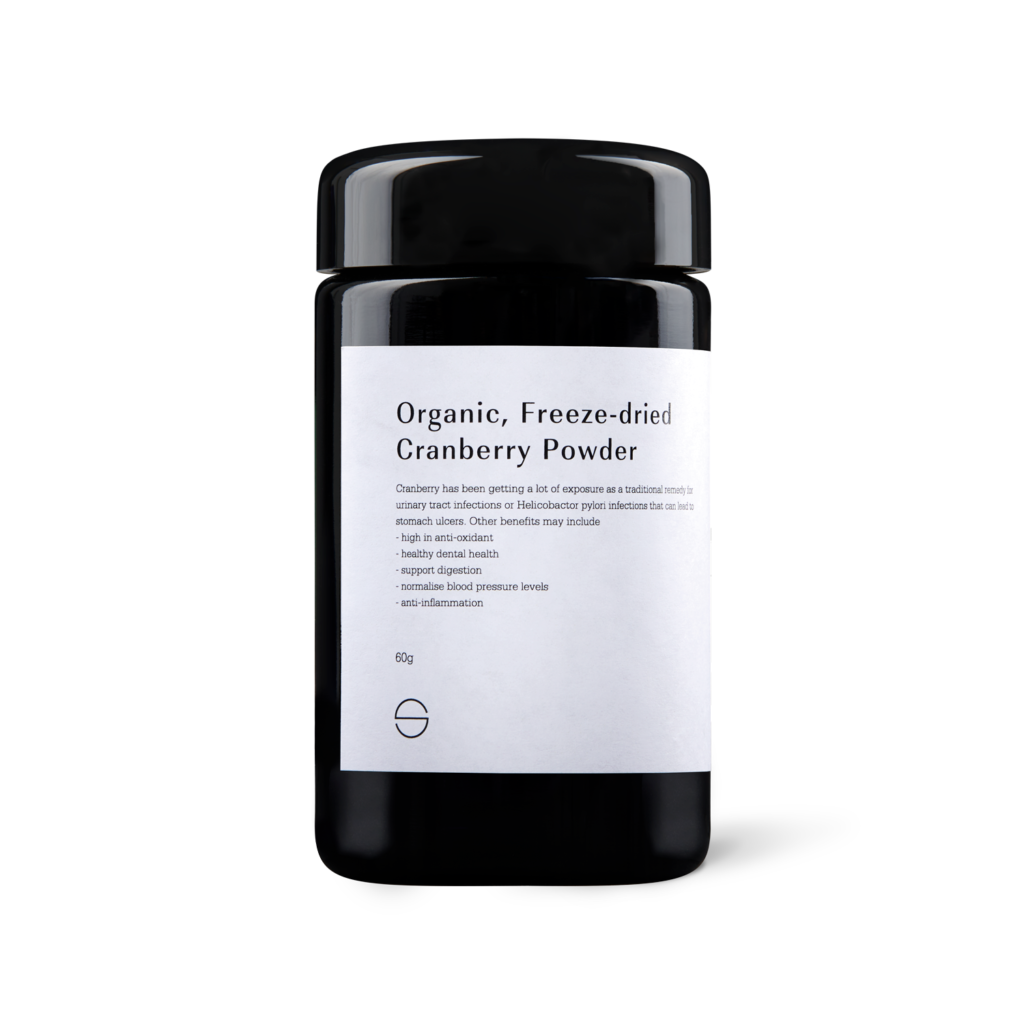
Cranberry: Cranberries contain several antioxidant compounds, including anthocyanins, proanthocyanidins, and flavonols. Anthocyanins are a type of pigment that give fruits and vegetables their red, purple, and blue colours, and have been shown to have potent antioxidant properties. Proanthocyanidins are a type of flavonoid that is found in high concentrations in cranberries and have been shown to have anti-inflammatory and anti-cancer properties.
Flavonols are another type of antioxidant compound found in cranberries that have been shown to have various health benefits. Some of the flavonols found in cranberries include quercetin, myricetin, and kaempferol, which have been shown to have anti-inflammatory and anti-cancer properties and may help to protect the body from various diseases.
Cranberries also contain vitamin C, which is a water-soluble vitamin that is a powerful antioxidant and plays a vital role in maintaining the health of the immune system, skin, and other body tissues.
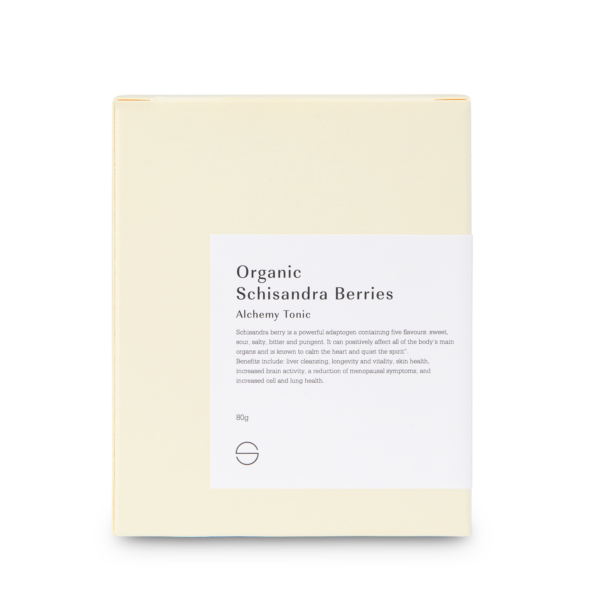
Schisandra berries: Schisandra berries contain several antioxidant compounds, including lignans, schisandrin, and vitamin C. Lignans are a type of antioxidant compound found in plants that have been shown to have anti-cancer properties and may help to protect the body from various diseases. Schisandrin is a specific lignan found in schisandra berries that have been shown to have potent antioxidant and anti-inflammatory properties.
Vitamin C is a water-soluble vitamin that is a powerful antioxidant and plays a vital role in maintaining the health of the immune system, skin, and other body tissues. Schisandra berries are also a rich source of vitamin C, which can help to boost the immune system and promote overall health and well-being.
Schisandra berries also contain other compounds that can help to support liver function and adaptogens that may help the body to better cope with stress.
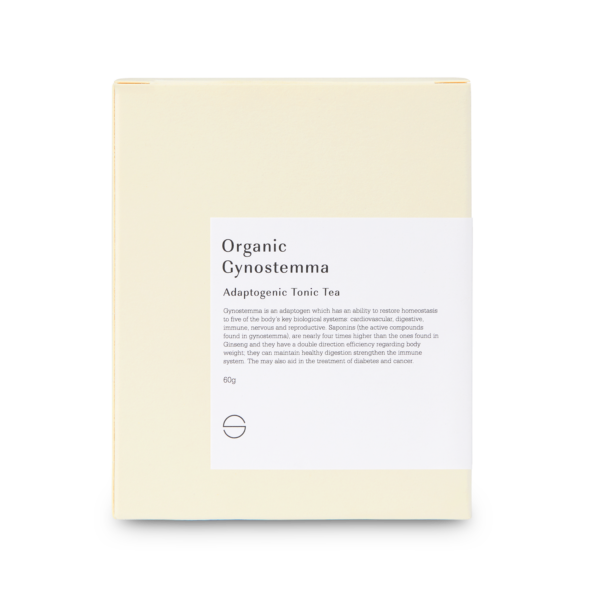
Gynostemma: Gynostemma contains several antioxidant compounds, including saponins, flavonoids, and polysaccharides. Saponins are a type of plant compound that has been shown to have anti-inflammatory and anti-cancer properties, as well as antioxidant effects. Flavonoids are another type of antioxidant compound found in gynostemma that has been shown to have various health benefits, including anti-inflammatory and anti-cancer properties. Polysaccharides are complex carbohydrates that have been shown to have immune-modulating and antioxidant properties.
One of the most well-known antioxidants found in gynostemma is gypenosides. Gypenosides are a type of saponin found in gynostemma that have been shown to have potent antioxidant effects and may help to protect cells from damage caused by free radicals. Additionally, gypenosides have been shown to have potential benefits for cardiovascular health, immune function, and cancer prevention.
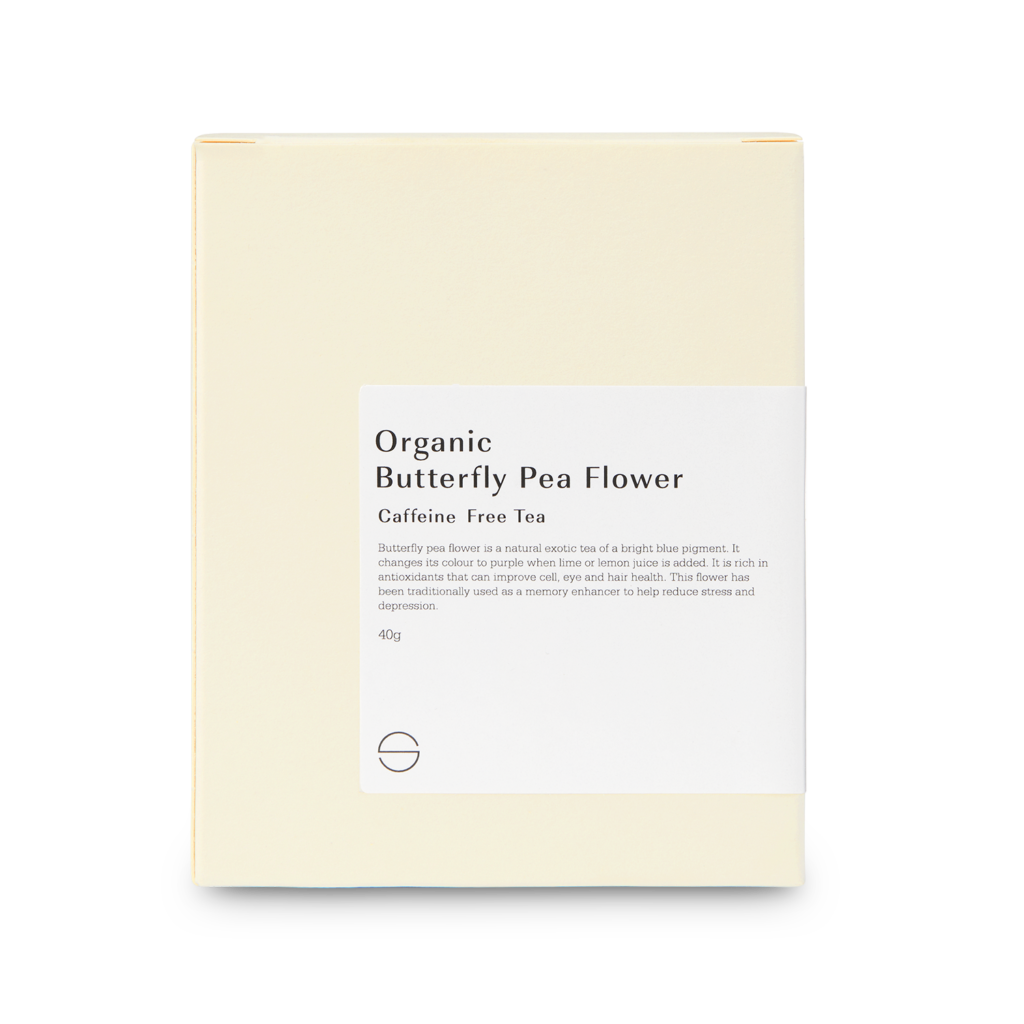
Butterfly pea flower: Butterfly pea flower contains several antioxidant compounds, including anthocyanins and flavonoids. Anthocyanins are a type of plant pigment that gives the flower its stunning blue colour and have been shown to have potent antioxidant effects. Flavonoids are another type of antioxidant compound found in butterfly pea flowers that have been shown to have various health benefits, including anti-inflammatory, anti-cancer, and anti-viral properties.
One of the most well-known antioxidants found in butterfly pea flowers is proanthocyanidin. Proanthocyanidin is a type of flavonoid found in butterfly pea flowers that has been shown to have potent antioxidant effects and may help to protect cells from damage caused by free radicals. Additionally, proanthocyanidin has been shown to have potential benefits for cardiovascular health, cognitive function, and skin health.
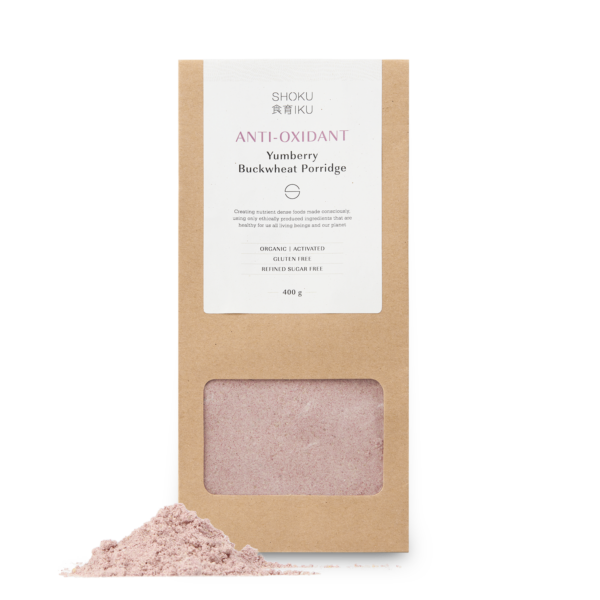
Anti-oxidant Yumberry Buckwheat Porridge: if you’re looking for a quick, delicious and healthy breakfast or snack that is gluten-free, sugar-free and packed with antioxidants, look no further than our healthy porridge.
Our delicious and healthy porridge is the perfect way to start your day or fuel your busy schedule!

As the days grow shorter and the air becomes crisp,

Marine phytoplankton, the microscopic organisms that form the foundation of

In recent years, the skincare industry has significantly shifted towards
Copyright Shoku Iku © 2024 | All Rights Reserved.
The statements on this website have not been evaluated by the TGA or FDA. These products are not intended to diagnose, treat, cure or prevent any disease.
Sign up to receive your discount.